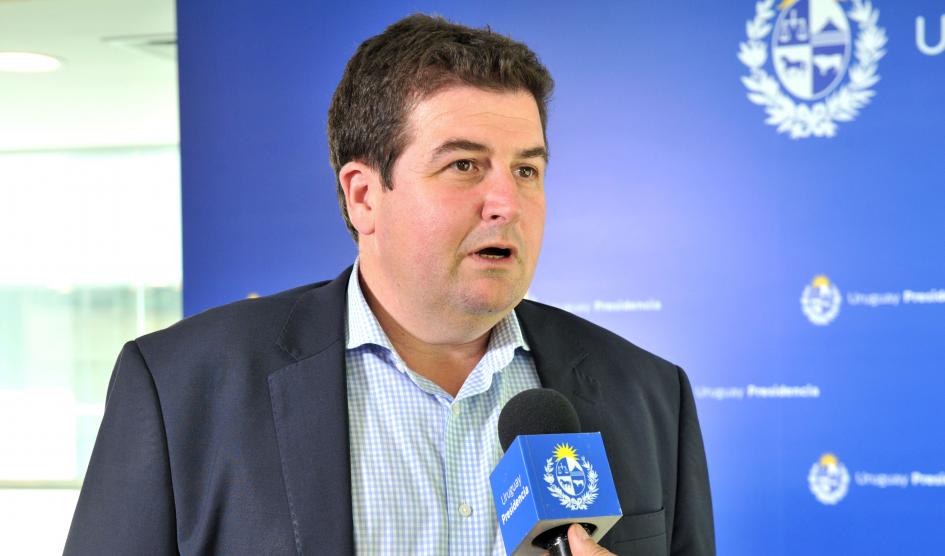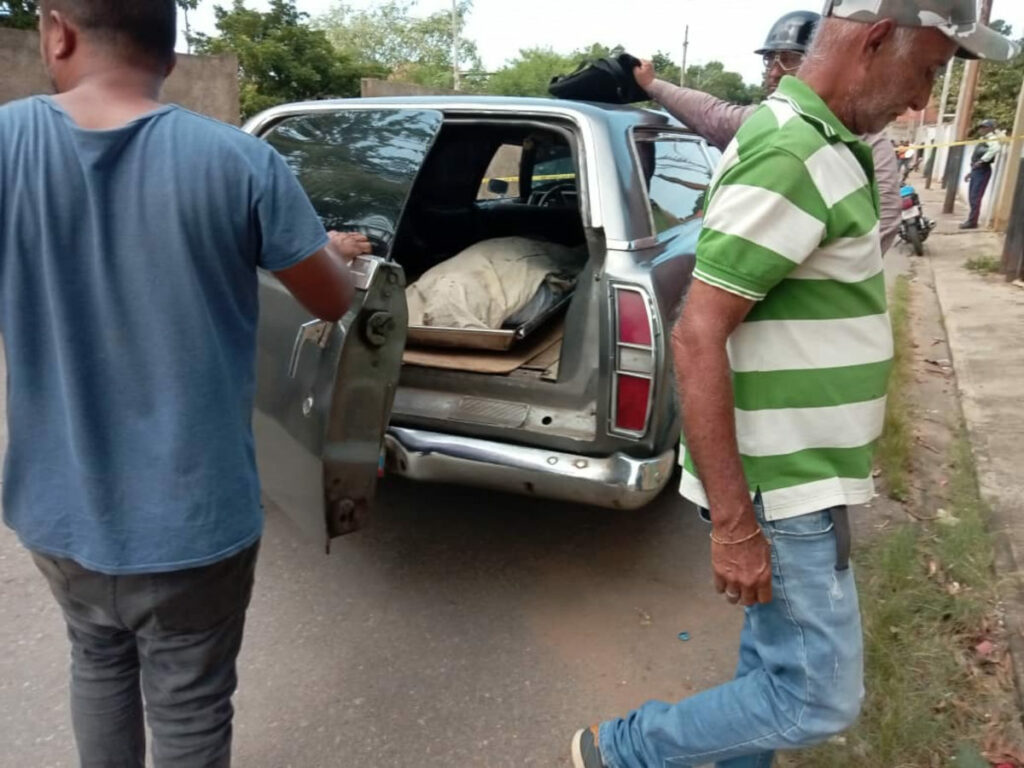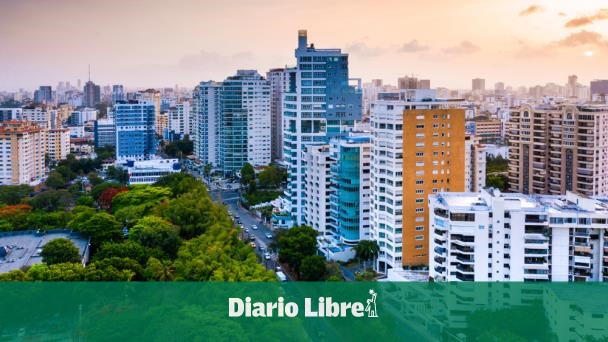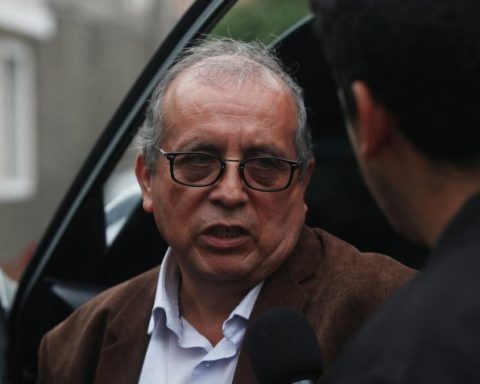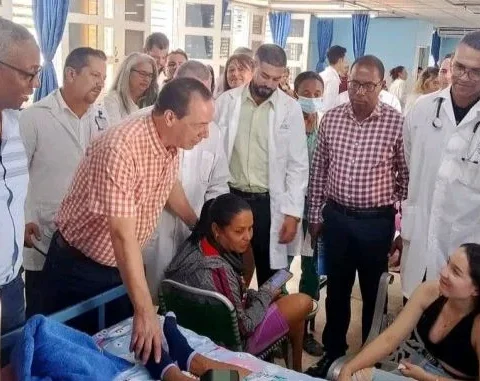The Executive Branch decided to reduce the value of the interest rate from 5 to 2% paid by housing cooperatives. The measure will apply to good payers and will remain in force retroactively to March 1, 2020.
This will allow the value of a two-bedroom home to be reduced to around 30,000 dollars in real terms, highlighted the president of the National Institute of Cooperatives, Martín Fernández.
The current rate since 2008 for cooperative members was 5% and will drop to 2%. “When this government took office, the possibility of lowering the rate was studied, which is done with this resolution,” reported Fernández, in dialogue with Presidential Communication.
And he added: “This is possibly the most important news received by housing cooperative members in recent years; It’s a historic claim.”
The measure applies to good-paying cooperatives and is retroactive to March 1, 2020. The benefit covers mutual aid cooperatives, prior savings, homeowners’ homes, and union plan homes.
As an example, a home that today pays a fee of 16,000 pesos will pay about 12,000 pesos. That means greater purchasing power for those workers, she stressed.
A two-bedroom home, whose final value would currently be around $115,000 at the previous interest rate, will pay about $85,000 at the end of the loan. In this way, housing becomes cheaper by about 30,000 dollars in real terms for workers, said Fernández, who explained that the Government understood that “it was something fair and a commitment assumed” at the beginning of the administration.
By way of balance, he recalled that this year Inacoop trained some 1,500 workers in skills and technical assistance. This makes it possible to improve the competitiveness of cooperatives and promote the development of business plans, for example. In addition, the institute provided financing of about $7 million during the year, from small loans to large investments, he reported.
By 2023, “the challenge continues to be to grow”, in addition to “continuing to be the support for the cooperative sector”. To this is added the articulation with other state agencies, such as the municipalities or UTE, an entity with which a program was implemented to make safe connections in homes with a vulnerable socioeconomic situation.
